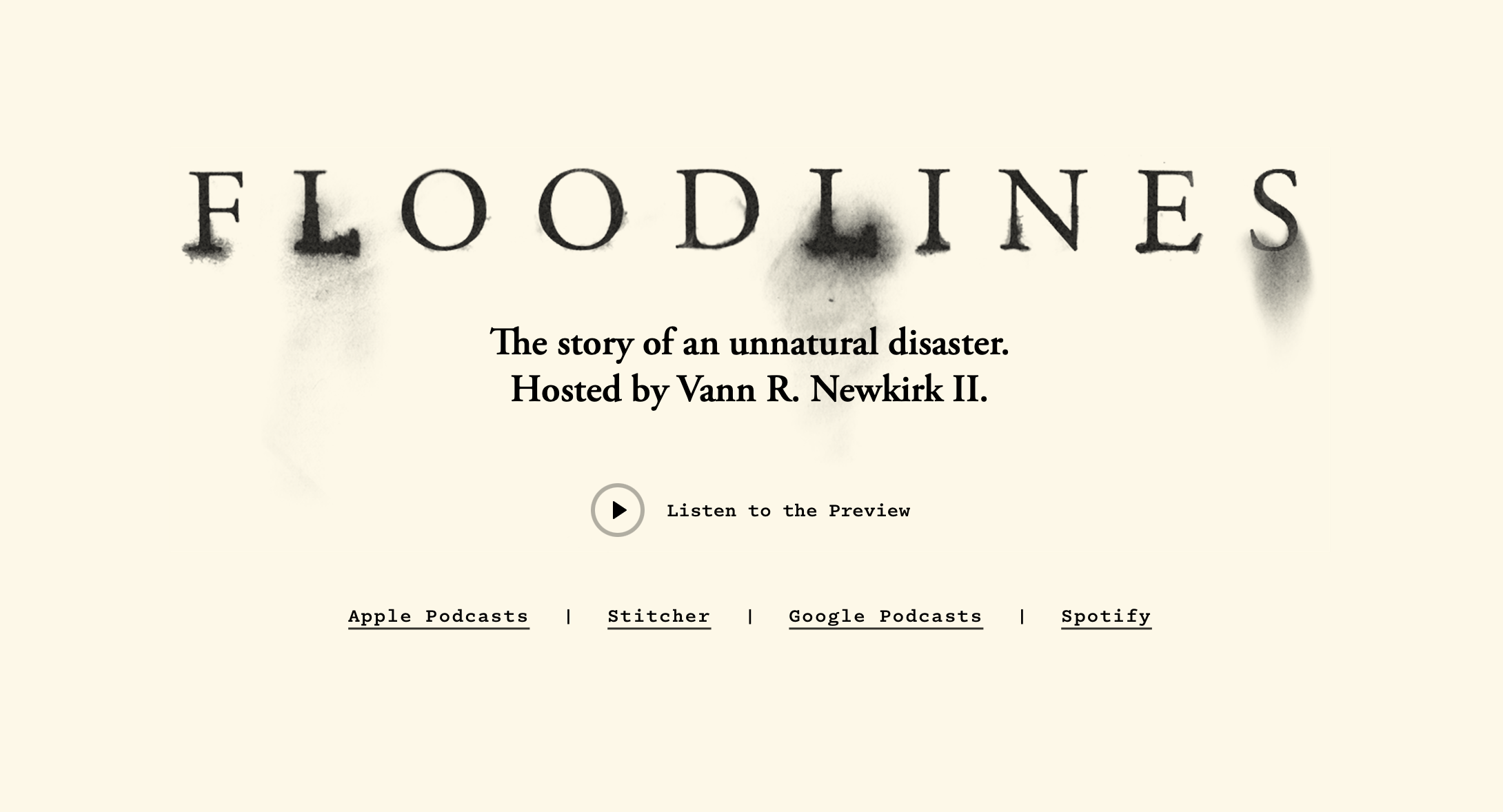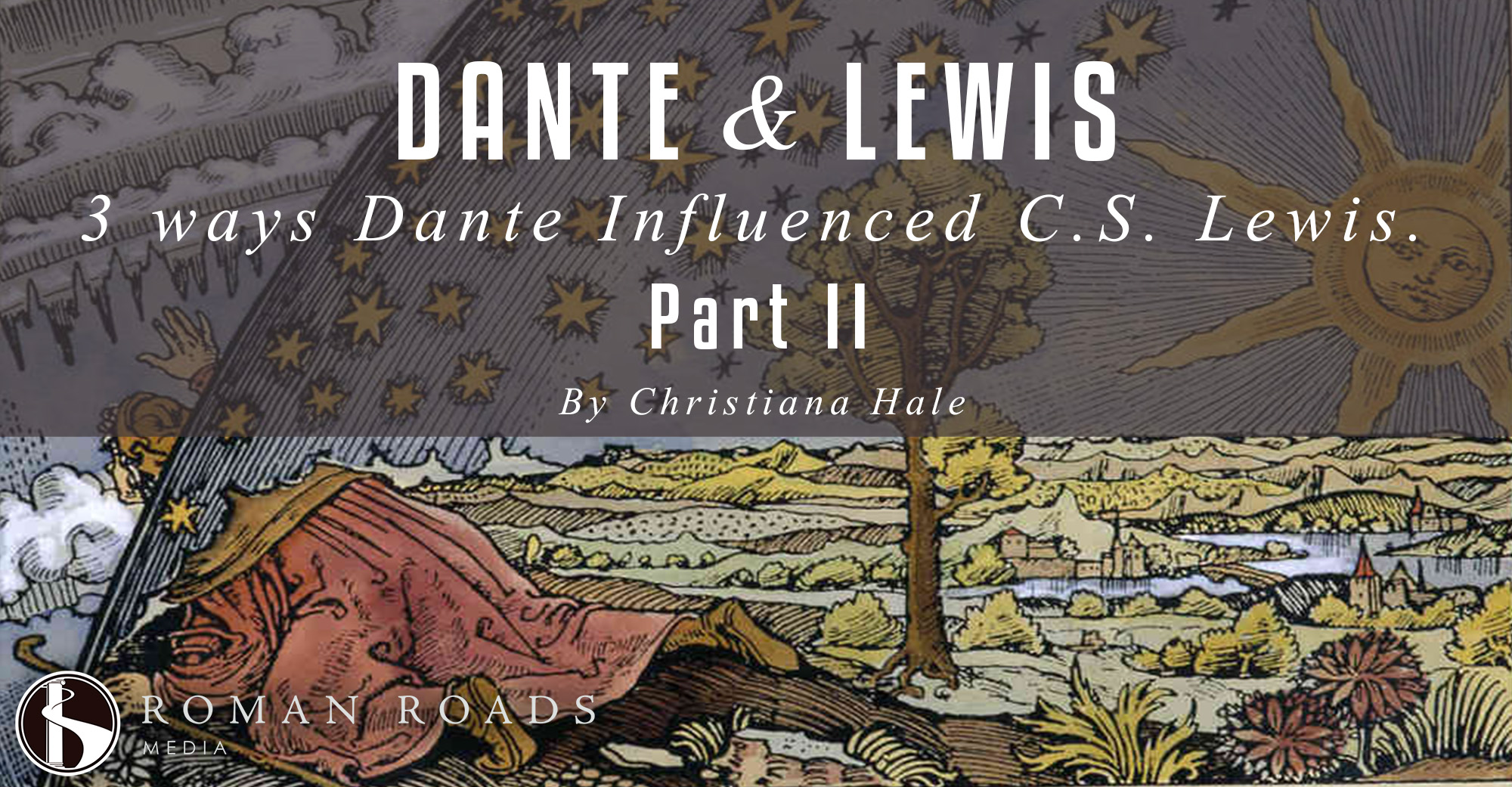Monaramis’s depictions of Dante Alighieri’s Inferno feature an array of muted colors that stem from an earthy palette. These are layered over the black contour of the scene (which appears to have been drawn by hand). The composition focuses on Cerberus as it imposes over a historical monument, seemingly intent to sniff out the two figures hiding in the foreground. The line-work of this piece is sketchy and heavily gestural, which reinforces the dynamism of the Canto depicted. — Monaramis Art, “Dante’s Inferno— La Divina Commedia,” Behance, 2015 (Retrieved March 28, 2024).
Wilhelm Lehmbruck’s Paolo and Francesca (1910s)
German artist Wilhelm Lehmbruck (1881-1919) created a depiction of Paolo Malatesta and Francesca Da Rimini, two real-life individuals featured in Dante’s Inferno for engaging in an adulterous relationship. The artist, using drypoint, depicts the affection of the two forbidden lovers in a sketchy and gestural manner that is enriched by the stark, geometrical line-work. — Wilhelm Lehmbruck, “Paolo and Francesca,” Princeton University Art Museum, 1910s (Retrieved March 28, 2024).
“Floodlines Part VI: ‘Reckoning'”
“Well, I think the one that was most penetrating that I’ll never forget is in St. Bernard Parish. The whole levee just disappeared. Liquified. So all the ships and the shrimp boats and everything just went right over the Arpent levee and into St. Bernard, and then the water couldn’t get out. And so you had cars on top of houses that we found, and you had these skilled care facilities with all these dead senior citizens inside of them. It was, it was like a scene from Dante’s hell. It was really hard.” —J. David Rogers, “Floodlines Part VI: ‘Reckoning,'” The Atlantic, March 11, 2020 (retrieved March 26, 2024)
Read the transcript of each part here
“3 More Ways Dante Influenced Lewis | Part II”
“If you read my last post and are ready for more specifics on the ways in which C.S. Lewis was influenced by Dante Alighieri’s Divine Comedy in the writing of his Ransom Trilogy, you have come to the right place. The first part of this post can be found here and I do recommend reading that first by way of introduction. And off we go!
“Devils in Disguise: Hell on Malacandra As I said in part 1 of this post, there is a sense in which the trajectory of the Ransom Trilogy both parallels and contrasts that of Dante’s Comedy. Heaven and Hell each get thicker as you go through the Trilogy until they meet, at last, on the Silent Planet in the third book, That Hideous Strength. In this part, however, I am focusing on the parallels between the Inferno, Purgatorio, and Paradisio that exist with each book of Lewis’ trilogy.” —Christiana Hale, “3 More Ways Dante Influenced Lewis | Part II,” Roman Roadspress, June 26, 2015 (retrieved March 26, 2024)
“A Journey Through Hell, Purgatory and Heaven for the Living,” The Wall Street Journal Article
“T.S. Eliot said: “Dante and Shakespeare divide the world between them. There is no third.” Hamlet speaks of the afterlife as “the undiscovered country from whose bourn no traveler returns.” Dante Alighieri (1265-1321) attempted to trace the boundaries of that country for us in his “Divine Comedy.”
[. . .]
“We see through Dante’s camera-like eye. “Inferno” focuses on unrepentant sinners afflicted in various scenes of punishment. The violent are burning, while others swim in boiling blood. We view the false flatterers of Earth—in Hell condemned to eat their own excrement. Each sinner’s punishment corresponds to sins uncorrected during his or her life. The lens then focuses on Satan, Hell’s center, “the Emperor of the dolorous realm.”
[. . .]
“Entering Purgatory the poetry too becomes brighter, more lyrical. It’s a “roseate dawn”; the planet Venus comes into view. Having brought us through Hell, Dante soothes our pain with a comforting line that in difficult times often comes to my mind—”To course o’er better waters now hoists sail the little bark of my wit, leaving behind her a sea so cruel.”
[. . .]
“In “Paradiso” the panorama is all light and perfectly ordered. Here every soul is at home, utterly happy in the celestial hierarchy.
[. . .]
“Unlike stone, a poem is alive. His “Divine Comedy” breathes as a kind of Third testament metamorphosing man into the eternal. —Patrick J. Walsh, “A Journey Through Hell, Purgatory and Heaven for the Living,” The Wall Street Journal, April 22, 2022 (retrieved March 20, 2o24)
- 1
- 2
- 3
- …
- 81
- Next Page »





